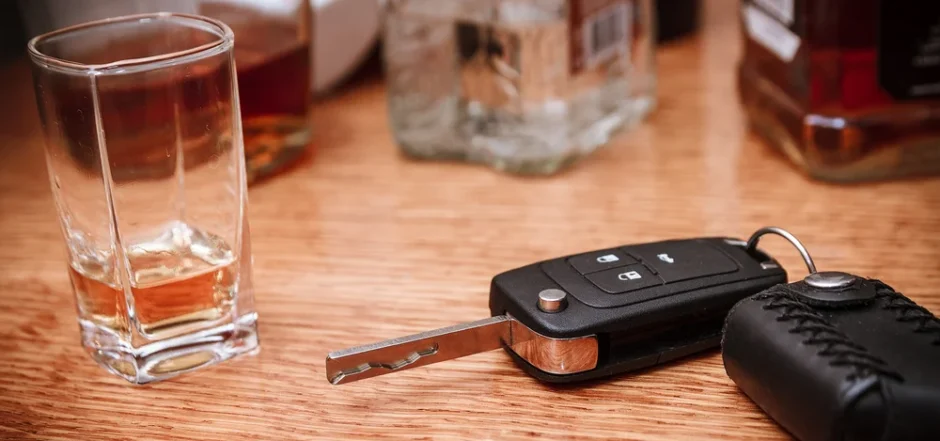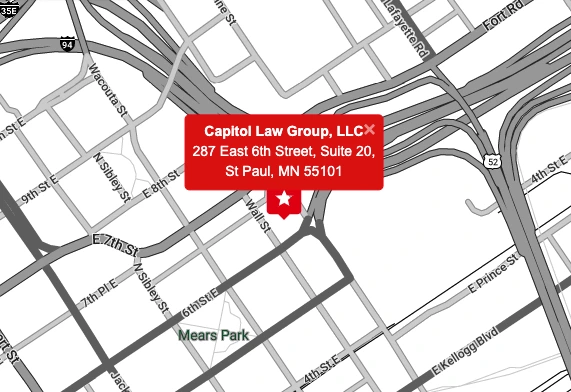Five DWI Checkpoint Requirements in St. Paul

If you were arrested for DWI over the New Years holiday, there’s a good chance a DWI checkpoint was involved. Police officers set up these roadblocks during holidays commonly associated with drinking and driving, such as New Years Eve and Memorial Day Weekend.
First and foremost, St. Paul DWI lawyers are concerned with protecting your rights at a checkpoint. When officers approach your car, you must produce your drivers’ license and proof of insurance. However, you do not need to answer any questions. In fact, you do not even need to roll down your window. Since the officer had no reasonable suspicion to pull you over, the officer’s authority is extremely limited.
Furthermore, St. Paul DWI lawyers ensure that the checkpoint met or exceeded all legal qualifications. If there is any failure in any area, a Ramsey County judge could throw out the resulting arrest and prosecution.
Higher Authority
State lawmakers must authorize the checkpoint, and police supervisors must establish all operational details. A legislative body must approve the checkpoint, because DWI roadblocks bypass the Fourth Amendment’s prohibition against unreasonable searches and seizures. A random police captain cannot unilaterally decide to ignore the Constitution. Minnesota lawmakers have approved checkpoints in principle, but there is still some room for debate.
Police captains do have the authority to set up operational details. Some of the more critical details are set out below. A desk sergeant clearly lacks this authority, and a police lieutenant arguably is not high enough either. St. Paul DWI lawyers are always on the lookout for mixed setups. Sometimes, a police captain issues a general authorization and someone lower fills in the blanks. That arrangement is legally insufficient.
Pre-Checkpoint Publicity
The rules here are a bit vague, but law enforcement departments must advertise the roadblock in advance. Typically, a notice on the official website and perhaps a press release are sufficient. Such notice must allow motorists to avoid the area altogether if they so choose.
On a related note, police must erect warning signs far ahead of the checkpoint. Motorists must have a chance to turn around and avoid the checkpoint before traffic backs up. If drivers do so, squad cars will probably follow them for at least a few blocks. These officers must have reasonable suspicion of criminal activity before they pull over any motorist. Typically, this reasonable suspicion is a traffic violation, like speeding, a burned-out light, or (our personal favorite) a license plate frame that obscures part of the license plate number.
Limited Duration
Two or three hours is about as long as a checkpoint can last. Furthermore, the checkpoint cannot be in an unsafe place, like a freeway off-ramp.
This requirement usually takes care of itself, because DWI roadblocks are very expensive. If it weren’t for this excessive cost, most St, Paul area law enforcement agencies would probably erect checkpoints every weekend. The cost sometimes creates pressure to make lots of arrests. As a result, officers may lack reasonable suspicion, a fact that St. Paul DWI lawyers can point out to the jury.
Visibility Considerations
At speed traps, police officers can hide under bridges and otherwise keep a very low profile. But DWI roadblocks must have very high profiles. Warning signs, like those yellow four-corner “DWI Roadblock Ahead” signs, must appear at least a quarter-mile ahead of the checkpoint. Additional signs should provide instructions, like “Have Drivers’ License and Proof of Insurance Ready.” Officers should also use traffic cones to further direct the flow of traffic.
Checkpoints themselves usually consist of one or more officers who stand in traffic lanes and pull over vehicles according to a pre-set formula. There is usually an inspection area off to the side. If officers develop reasonable suspicion at the checkpoint, such as a driver with bloodshot eyes, officers may redirect these drivers to the inspection area. There’s usually no onsite supervisor. That’s a good thing for St. Paul DWI lawyers. The lack of oversight makes it easier to establish checkpoint flaws.
Neutral Formula
Officers cannot detain some motorists because they “look wrong” and wave others through the roadblock. The aforementioned standards must specify a formula. To keep traffic moving, most checkpoint rules require officers to detain every second motorist.
The pullover formula is about the only exception to the pre-set requirement. If traffic backs up, most checkpoint rules allow officers to change the formula, perhaps stopping every third or fourth vehicle. If motorists wait more than about two minutes, the unreasonable delay may invalidate the checkpoint.
Contact Experienced DWI Attorneys in St Paul
Watch out for DWI roadblocks at certain times of year, and know your rights at these checkpoints. For a free consultation with an experienced St. Paul DWI lawyer, contact Capitol City Law Group at 651-705-8580 or visit us in person at 287 6th St E Suite 20, St Paul, MN 55101. Convenient payment plans are available.




